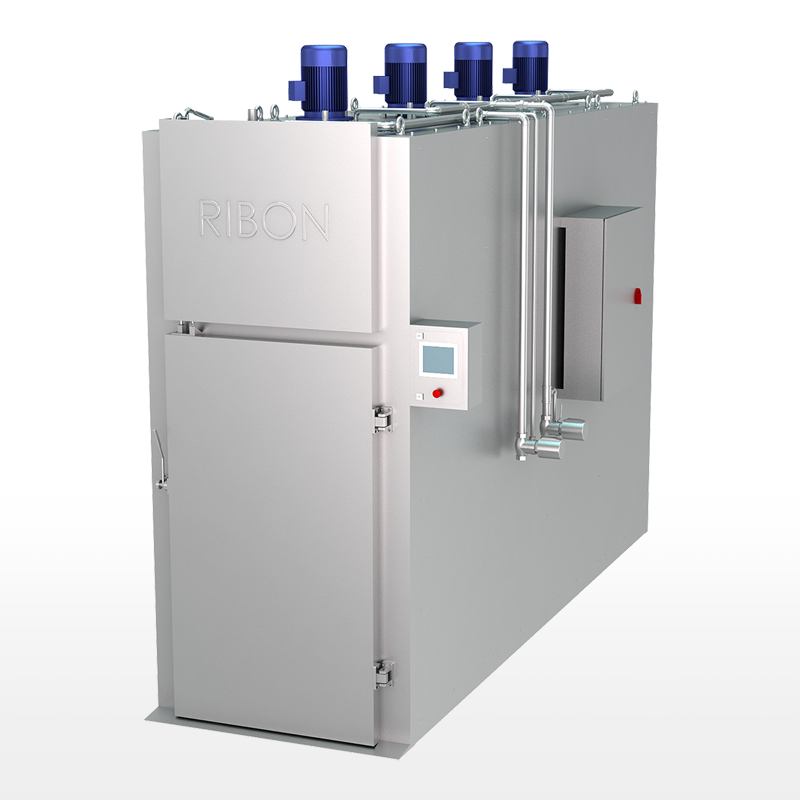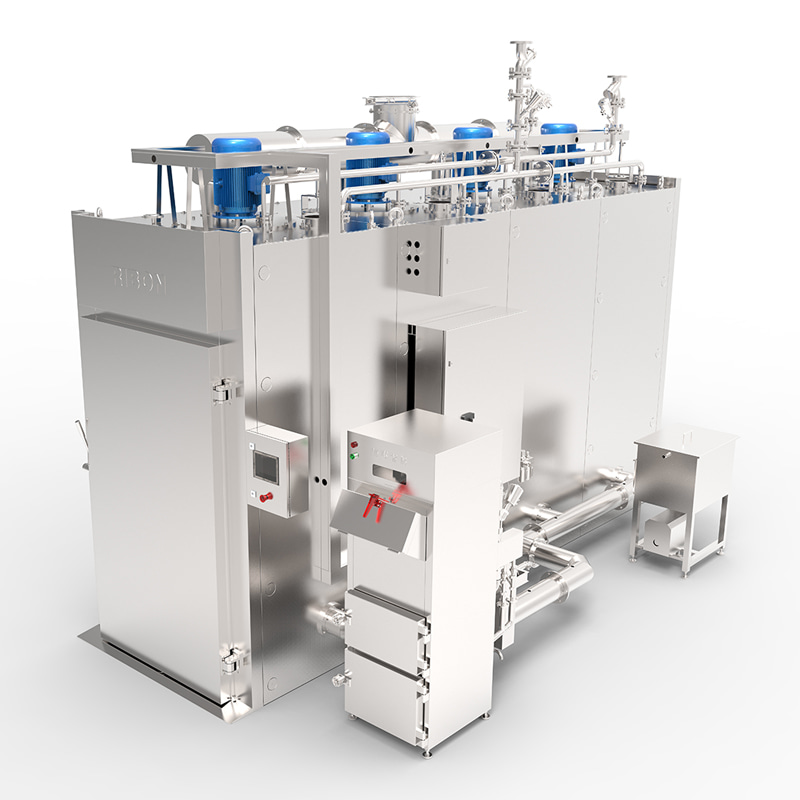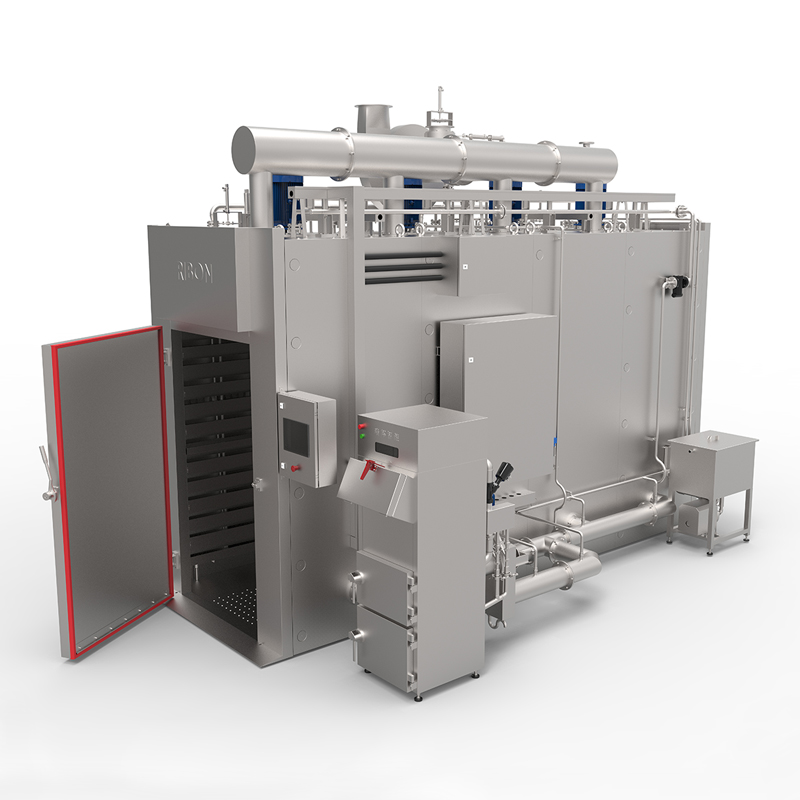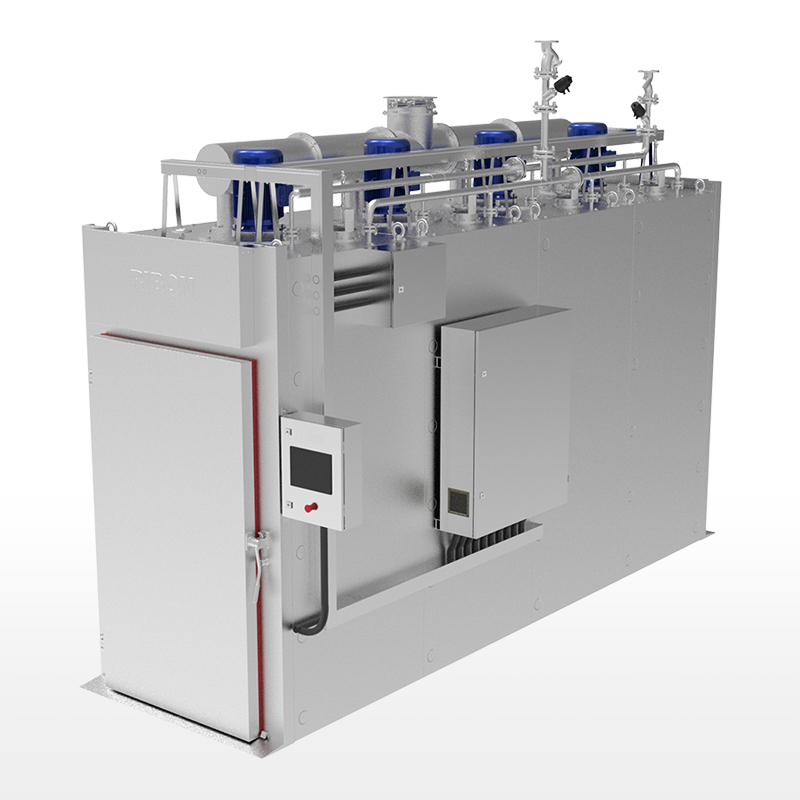Innovations in Smoking House Equipment
Smart Smoker Chambers: Smart technology is making its way into smoking houses, with temperature, humidity, and smoke levels now controllable through smartphone apps or remote monitoring systems. These smart smoker chambers allow operators to adjust settings in real-time, receive alerts about equipment status, and even monitor the progress of smoking batches from a distance. This technology helps prevent errors and ensures more consistent product quality.
Energy-Efficient Systems: As sustainability becomes a key consideration for businesses worldwide, energy efficiency has become a focus for smoking house equipment manufacturers. Newer smoking houses are equipped with energy-saving systems that reduce the consumption of electricity, gas, and other resources. These innovations help businesses reduce their carbon footprint and operational costs while maintaining optimal smoking conditions.
Automated Meat Handling: Automation in the meat handling process is one of the most significant advancements in smoking house technology. Automated systems can now load, position, and unload meat from smoker chambers without human intervention. This reduces labor costs, improves efficiency, and ensures that each piece of meat is treated consistently, reducing the risk of contamination.

Enhanced Smoke Flavoring Technology: Advances in smoke flavoring technology are enabling meat processors to create more customizable flavor profiles. New smoke generators are capable of using different combinations of wood types, temperature settings, and smoke delivery methods to produce unique and complex flavors. This gives processors the ability to cater to niche markets and experiment with different flavor infusions.
Trends Shaping the Future of Smoking Houses
Health-Conscious Smoking Methods: With consumers becoming more health-conscious, smoking methods are evolving. New smoking house equipment is being designed to reduce the amount of harmful chemicals that are traditionally released during smoking. Innovations such as cleaner-burning smoke generators and low-emission systems aim to provide a healthier alternative without compromising flavor.
Integration with Food Traceability Systems: The demand for transparency in food production is driving the integration of smoking house equipment with advanced food traceability systems. By embedding sensors and tracking devices in the smoking equipment, processors can provide detailed records of the smoking process, including the temperature, humidity, and duration. This helps improve food safety and consumer confidence in smoked products.
Customization and Personalization: Consumers are increasingly interested in customized and personalized products, including smoked meats. Future smoking house equipment will offer more flexibility in terms of batch sizes, smoking durations, and flavor profiles, enabling producers to create products tailored to specific consumer preferences or dietary requirements.





 English
English русский
русский Español
Español عربى
عربى










